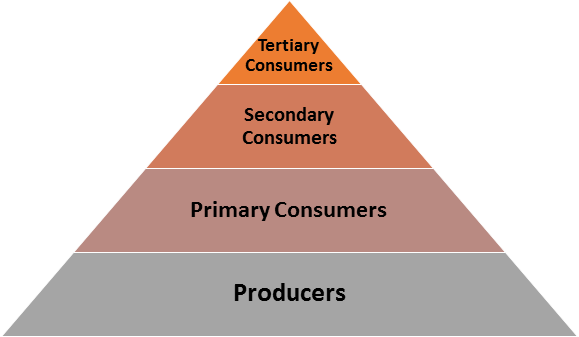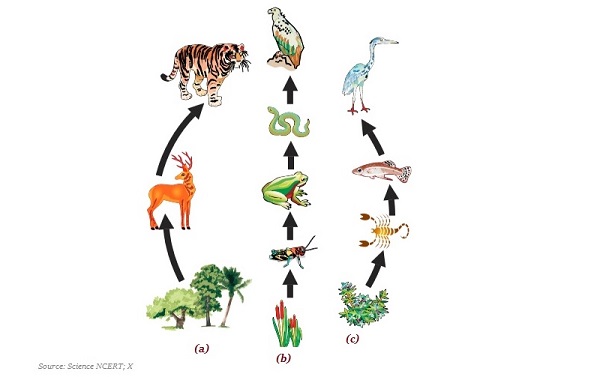
- Biology - Home
- Biology - Structure and Functions
- The Fundamental Unit of Life
- Biology - Tissues
- Biology - Animal Tissue
- Diversity in Living Organisms
- Biology - Plantae Kingdom
- Biology - Animalia Kingdom
- Biology - Vertebrata
- Biology - Transportation in Humans
- Biology - Transportation in Plants
- Biology - Excretion
- Biology - Control and Coordination
- Biology - Hormones in Animal
- How do Organisms Reproduce?
- Biology - Sexual Reproduction
- Biology - Reproduction in Animals
- Reaching the Age of Adolescence
- Biology - Heredity and Evolution
- Biology - Life Processes
- Biology - Respiration
- Microorganisms: Friend and Foe
- Biology - Why do We Fall Ill
- Biology - Natural Resources
- Biology - Our Environment
- Conservation of Plants and Animals
Biology - Our Environment
Introduction
Environment is a natural world in which all living beings and non-living things exist.
The substances, which are broken down by the biological processes, are known as biodegradable.
The substances, which are NOT broken down by the biological processes, are known as non-biodegradable.

Ecosystem
An ecosystem comprises of biotic components (all living organisms) and abiotic components (all physical factors, such as temperature, rainfall, wind, soil and minerals) of a given area. E.g. Lake ecosystem, Forest ecosystem, Marine ecosystem, etc.
In a given geographic region, all the living organisms interact with each other and their growth, reproduction, and other activities are largely dependent on the abiotic components of the ecosystem.
In an ecosystem, all green plants and certain blue-green algae can produce their food (themselves) by the process of photosynthesis; hence, they are known as the producers.
The organisms, depending on the producers either directly or indirectly, can be termed as herbivores, carnivores, omnivores and parasites.
All those animals that eat plants are known as herbivores (also known as primary consumers). E.g. cow, goat, rabbit, deer, etc.
All those animals that eat other animals are known as carnivores (also known as secondary consumers) E.g. tiger, lion, snake, etc.
All those animals that eat both plants (and its products) and other animals are known as omnivores.
The larger size of carnivores and omnivores animals are known as tertiary consumers.
The microorganisms, such as bacteria and fungi, break-down the dead remains and waste products of organisms and hence they are known as decomposers.

The pyramid given above illustrates that the population of producers is maximum and as we go up, the population of subsequent consumers keeps decreasing.
Food Chain
A series of animals (of different biotic level) feeding one another forms a food chain.
Each level of the food chain forms a trophic level (see the image given below).

In the given image, (a) illustrates food chain in nature; (b) illustrates food chain in a grassland region; and (c) illustrates food chain of pond ecosystem.
The autotrophs (i.e. producers) exist at the first trophic level.
The herbivores (i.e. the primary consumers) come at the second trophic level.
The small carnivores (i.e. the secondary consumers) comes at the third trophic level and larger carnivores or the tertiary consumers comes at the fourth trophic level.
Transmission of Energy
While transmission of energy from one trophic level to second, large amount of energy gets lost, which cannot be used again.
The green plants (i.e. producers) in a terrestrial ecosystem capture about 1% of the energy of sunlight and convert it into food energy.
Secondly, when primary consumers eat green plants, about 10% of the food eaten is transmitted into its own body and made available for the next level of consumers.
Food Web
When the (food) relationship is shown in a series of branching lines instead of a straight line, it is known as a food web (see the image given below).
